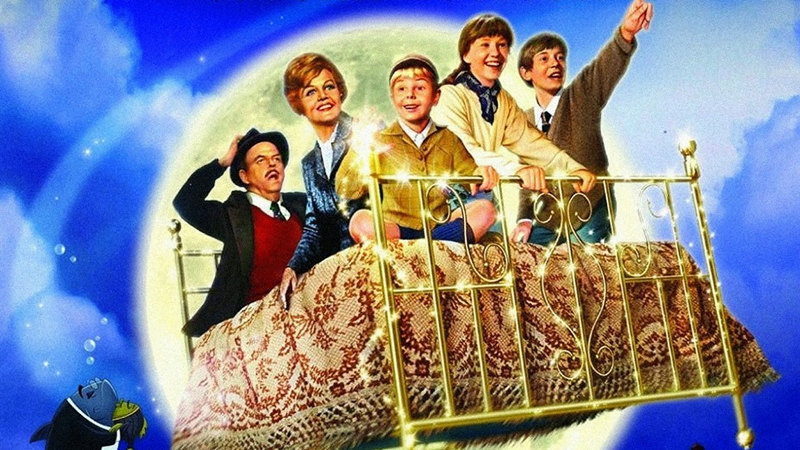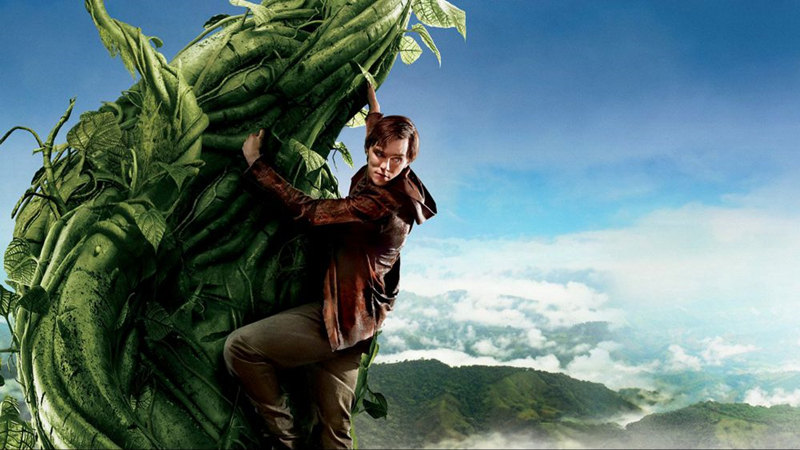Cinema history is full of stories of celebrities plucked from obscurity. Lana Turner was discovered at a soda fountain in Hollywood, former bit player Harrison Ford while building a cabinet for George Lucas (and who knows acting talent better than George Lucas?) But no actor can boast a stranger-than-fiction origin story quite as remarkable as Selar Shaik.
The eleven year-old orphan was working as an elephant handler in the stables of an Indian maharajah in 1935 when he was spotted by cameraman Osmond Borradaile who was location scouting for London’s mega producer Alexander Korda for his upcoming adaptation of Rudyard Kipling’s “Elephant Boy.” Who better to play him than, well, a boy who worked with elephants? Shaik, who history tells us (perhaps too neatly) had never even seen a movie, was cast in the lead, renamed Sabu, and became an instant international star.
Sabu stood as the real deal among a cast of British actors dressed up to look like Indians, and he was so effervescent that he was able to connect with audiences despite speaking all of his English lines phonetically. His radiant smile and lithe physique made him a true “Elephant Boy” in the minds of Western audiences, which today can be seen as a remnant of colonial condescension, but if you watch “Elephant Boy,” I think you’ll admit both that his stardom was well-deserved and that the film would have been a hokey disaster with a young British actor playing make-believe.
The black-and-white “Elephant Boy” (1937) is co-directed by Zoltan Korda and documentarian Robert Flaherty. The strange mixture of studio artifice and actuality footage makes it a unique product that leaves a greater impression than its slim story would indicate. Toomai (Sabu) dreams of being a great hunter but is too young to be accepted by the cliquish adults. The great white hunter Peterson (Walter Hudd) gives him a chance to prove himself on an expedition to round up a wild elephant herd and Sabu, with his faithful elephant Kala Nag, wins the day. Though Korda and company used strategic editing to simulate wildlife danger, Sabu performs real stunts with the elephants and other animals sometimes to breathtaking effect. Audiences who wanted to see lots and lots of elephants roaming the jungle did not leave feeling cheated!
“Elephant Boy” was a huge success and Korda funded Sabu’s move to London to take advantage of his popularity in the follow-up Technicolor project “The Drum” (1938), the second film in this Eclipse set and one which I have not had the opportunity to watch. He plays a young prince whose father is murdered and seeks the protection of a British officer, eventually fighting back against the killer who also happens to be his uncle. It was another rousing success which set the stage for Sabu’s most famous role in the adventure extravaganza “The Thief of Bagdad” (1940) which has previously been released by Criterion.
Make it three for three, a record few pedigreed actors can boast, and Sabu was about to stretch his streak once more, this time following the Kordas to the United States to conquer another continent. Sabu tackled the role of Mowgli from Kipling’s “The Jungle Book” working with animals once again though not quite so intimately as in his debut. Sabu, now 17, was a bit too old to project the same wide-eyed boyish wonder and, to my taste, “Jungle Book” (1942) lacks the vigor and dynamism of “Elephant Boy,” settling for a more staid lavish look, but the Technicolor adventure is still an entertaining diversion that is pleasing to eyes tired of digital dimness.
“Jungle Book” turned out to be the peak for Sabu who never found his niche as an adult actor. He did, however, find a home in his new country and received the Distinguished Flying Cross for his service as a World War II tailgunner in the U.S. Army Air Forces. Aside from a smallish role in Powell and Pressburger’s “Black Narcissus” (1947), he only appeared in a few low profile B-movies before he died from a heart attack at age 39 in 1963.
He left behind a unique legacy, and these films are indisputable evidence of the sparking charisma of a star that burned briefly but very brightly.
VIDEO
The films are all presented in their original 1.33:1 aspect ratios. “Elephant Boy” is in black-and-white and shows some damage, mostly in the form of vertical scratches, but it’s modest and the B&W contrast is fairly strong throughout, making for an appealing presentation. “The Drum” and “Jungle Book” are both Technicolor films. We’ve gotten spoiled by Technicolor restorations from Criterion (and others) in recent years, and we have evidence that unrestored Technicolor films can be a bit too lackluster to give you a sense of how impressive they were when originally released in theaters. “Jungle Book” is brighter than “The Drum” but the colors don’t exactly pop with the net result being that some scenes look a bit garish without really knocking your socks off with their richness. There’s something unsatisfying about the tease of Technicolor that isn’t presented in all its splendor, like being taken just halfway to a real spectacle. However, both transfers are still quite solid with surprisingly good image resolution for 70 year-old unrestored films.
AUDIO
The films are presented in Dolby Digital Mono. The audio isn’t particularly dynamic but it’s clearly mixed and relatively damage free with just a few moments where it drops out briefly. Optional English subtitles support the English audio.
EXTRAS
As with most Eclipse titles, there are no extras. Each of the three discs has a page of liner notes written by Michael Koresky. The three slim discs are tucked into a thin cardboard sleeve.
SET VALUE
“Sabu!” may seem like an eclectic choice for the Eclipse Collection, but that’s what this line is all about. Along with the Criterion release of “Thief of Bagdad,” audiences now have the core of the legend of Sabu available for home viewing, and it’s a mighty enjoyable collection. All of the films are perfect for family viewing and hold interest for audiences of all ages.


